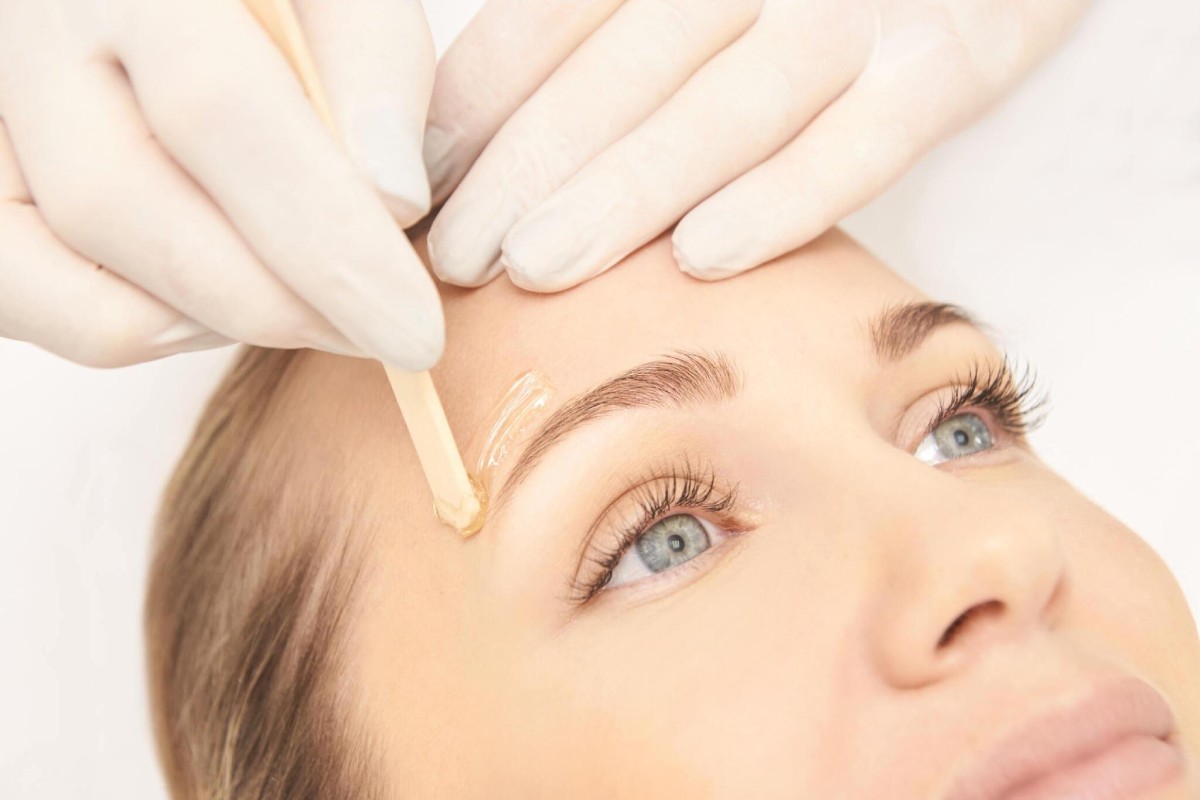We want to look young, be physically active, and keep a bright mind and good memory for as long as possible. That’s why we are involved in sports, playing at the National Casino, and constantly studying. However, science has already studied many factors that prevent this from happening. One of them is the excessive consumption of sweets. Excess sugar in the body affects not only the function of the pancreas but also the structures that ensure the preservation of youthful skin. Even the term “sugar face” has appeared. Let’s understand what it is, how to avoid this problem, and what to do if you already have it.
What a Sugar Face Is
A sugar face is a term that refers to pathological changes in the facial skin caused by excessive glucose and other sugars in it. Although it isn’t official, it helps explain specific skin problems caused by excessive consumption of sweets. A more accurate and scientific formulation of this condition is “increased protein glycation products in the facial skin.”
The main unpleasant feature of this condition is premature fading. This happens because of the damaging effects of sugars on skin proteins, especially collagen and elastin, which ensure skin is tight, firm, and wrinkle-free. The fibers become brittle and fragile, and cannot fully perform their toning function.
Gradually, other structures are also involved in the process. Capillary walls become dilated, translucent through the skin, brittle, and easily damaged. The same happens with lymphatic vessels. They cease to fully drain excess fluid, which leads to swelling. As a result, the healthy, youthful appearance of the skin is lost.
What a Sugar Face Looks Like
Its signs are similar to typical age-related skin changes that occur in 30- to 35-year-olds. They may manifest themselves differently in each person:
- Dry skin and a grid of wrinkles.
- Rashes and acne from sweets.
- Age spots.
- Translucent, dilated capillaries.
Puffiness on the face, especially around the eyes, or excessive overhanging saggy skin on the upper eyelid.
Symptoms can have different combinations for each person. So, a subjective assessment is usually used to determine whether or not the face looks older than its years.
How Sugar Affects the Body
Sugar, which includes glucose, fructose, and other more complex forms of sugars, is the main source of energy for the human body. When sugar is eaten, complex forms of sugar are broken down into simple molecules. These can be utilized by cells in the process of cellular respiration, providing vital functions. With proper organ function and normal amounts, glucose molecules don’t cause much damage to tissues. In excess, the body begins to misdistribute them to body tissues.
What That Has to Do With Nutrition
The root cause of problems with the distribution of sugars in the body is an improper diet. An unbalanced diet can lead to the abuse of simple carbs. This causes rapid excess weight gain. And if this tendency isn’t combated, it can lead the patient first to a pre-diabetic state and then to diabetes.
The further a person progresses along this negative chain of conditions, the more severe the effects of sugar on the skin become. Both types of diabetes are harmful in that they interfere with the body’s ability to eliminate glucose. Sugar molecules accumulate in places where their concentration has a damaging effect on the proteins that make up our bodies. The face is one of the places where the toxic effects of glucose are most noticeable.
How Sugar Is Involved in the Breakdown of Skin Proteins
To understand how sugar affects the skin and why it can destroy it, we should consider the specifics of the chemical reaction of proteins and glucose, protein glycation. Again, the mechanism is most noticeable on the skin of the face.
Glycation is the random interaction of glucose with amino acids and nucleic acids without the involvement of enzymes:
- A glucose molecule deforms the structure of a healthy protein molecule and prevents it from performing its natural functions.
- The higher the concentration of glucose at a particular site, the more often the molecules interact.
- The more frequent the glycation reactions, the faster sugar breaks down collagen, elastin, and other healthy skin molecules.
- Under the influence of a large number of reactions, protein molecules are coated with glycation end-products.
- In this state, they lose the ability to provide the same functionality they originally had.
The altered proteins give the skin an inelastic, less elastic, and insufficiently moisturized appearance. In other words, the signs of premature aging, which usually only appear with age, are manifested.
How to Fight Sugar Face
To get rid of unpleasant signs of glycation and put the skin in order, follow these recommendations:
- Reduce the amount of sugar consumed or completely abandon it. In the second case, you can replace sugar with stevia.
- Adjust the diet. Add more fruits and vegetables, eat normal amounts of quality protein, and eliminate or minimize fast carbs.
- Give up smoking and less sunbathing (because tobacco and ultraviolet radiation activate the process of glycation).
- Take B vitamins. They have an antioxidant effect, helping cope with the intoxication of the skin and the whole body.
- Take care of the face at home. Protect the skin from UV radiation (use creams with SPF filters), get rid of dead scales, and add cosmetics with antioxidants (coenzyme Q10, niacinamide, and green tea extract).
- Protect the skin from stress and help it recover, as well as establish a sleep schedule.
Glycation is a natural physiological process that occurs in our body constantly. It cannot be stopped but can be maintained in the norm, without allowing excessive activation. If you follow the recommendations and pay attention to your health, the skin of the face will become fresh, young, and attractive again.
Also Read:




